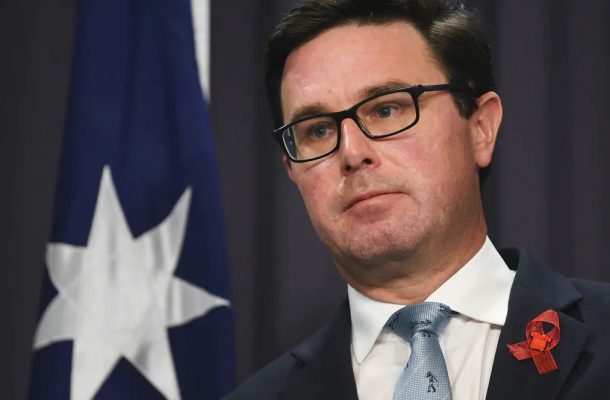Could a new national air fleet fight future bushfires?

Australia should develop a national aerial fire fighting capability and fuel load management strategies should be more transparent, the inquiry set up following last summer’s devastating bushfires has recommended.
In its 80 recommendations, including many shared between federal and state governments, the Royal Commission into National Natural Disaster Arrangements calls for a bigger federal role in dealing with disasters but stresses
“there are compelling reasons for state and territory governments to continue to be responsible for disaster management.”
The 2019-20 fires took 33 lives, nine of them firefighters including three Americans.
The recommendations are aimed at increasing national co-ordination to prepare better for natural disasters, respond more rapidly (including through the army), and ensure the recovery is focused on making communities more resilient.
Natural disasters have changed, and so must the management arrangements, the report says.
“Extreme weather has already become more frequent and intense because of climate change; further global warming over the next 20 to 30 years is inevitable. Globally, temperatures will continue to rise, and Australia will have more hot days and fewer cool days. Sea levels are also projected to continue to rise.
Tropical cyclones are projected to decrease in number, but increase in intensity. Floods and bushfires are expected to become more frequent and more intense. Catastrophic fire conditions may render traditional bushfire prediction models and firefighting techniques less effective.”
But the report does not make recommendations on climate change policy.
Calling for a “national” approach to natural disasters, the commission says this doesn’t mean the federal government taking over, but rather a “whole of nation” level of cooperation and effort.
As part of playing a greater role, the federal government should be able to declare “a state of national emergency”.
A declaration should be the catalyst for a quicker, clearer and more pre-emptive mobilisation of federal resources but should not give the federal government power to determine how state resources are to be used, the report says.
While usually a state or territory would have asked for help, “in some limited circumstances” the federal government should be able to take action during a natural disaster, “whether or not a state has requested assistance”.
In the bushfire crisis, there was tension between the NSW and federal governments over the deployment of military personnel.
The commission’s recommendations on the controversial issue of fuel loads concentrate on questions of clarity. The reports says:
“Public land managers should clearly convey and make available to the public their fuel load management strategies, including the rationale behind them, as well as report annually on the implementation and outcomes of those strategies.“
It also says governments should review the assessment and approval processes on vegetation management, bushfire mitigation and hazard reduction to make it clear what landholders and land managers need to do and minimise the time taken for assessments and approvals.
On air capability, the report says all Australian governments should develop a “modest, Australian-based and registered, national aerial firefighting capability”. This would be made up of “more specialised platforms … to supplement the aerial firefighting capability of the states and territories”.
After some anger at charities’ use of money donated for bushfire victims, the commission has said federal, state and territory governments should create a single national scheme for the regulation of charitable fundraising.
The Minister for Emergency Management David Littleproud said cabinet would consider the report next week.
This article was published by The Conversation.
Michelle Grattan is a Professorial Fellow at the University of Canberra. One of Australia’s most respected political journalists. She has been a member of the Canberra parliamentary press gallery for more than 40 years.













